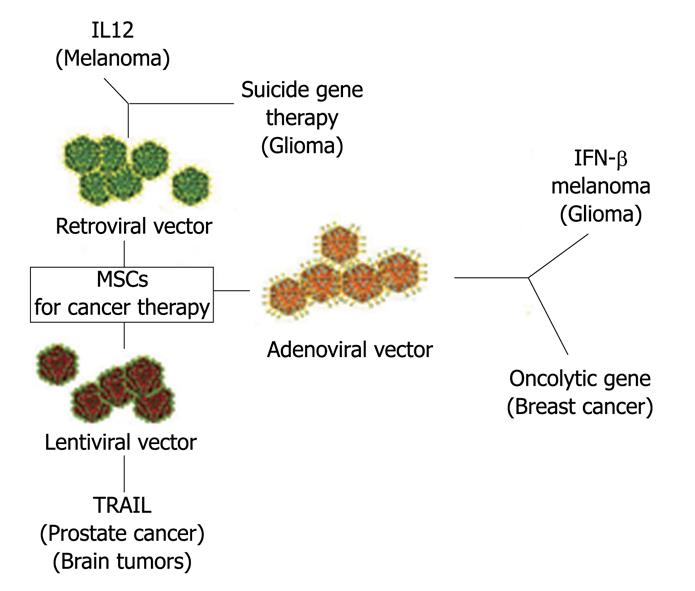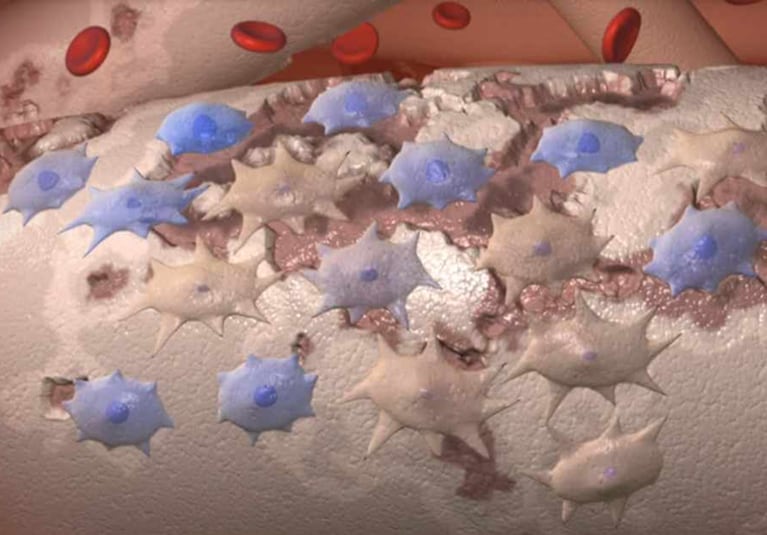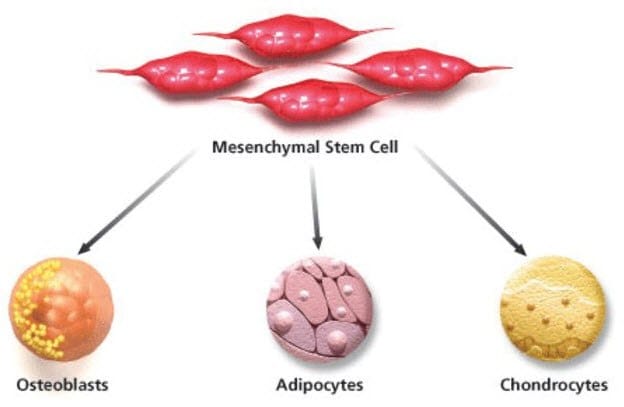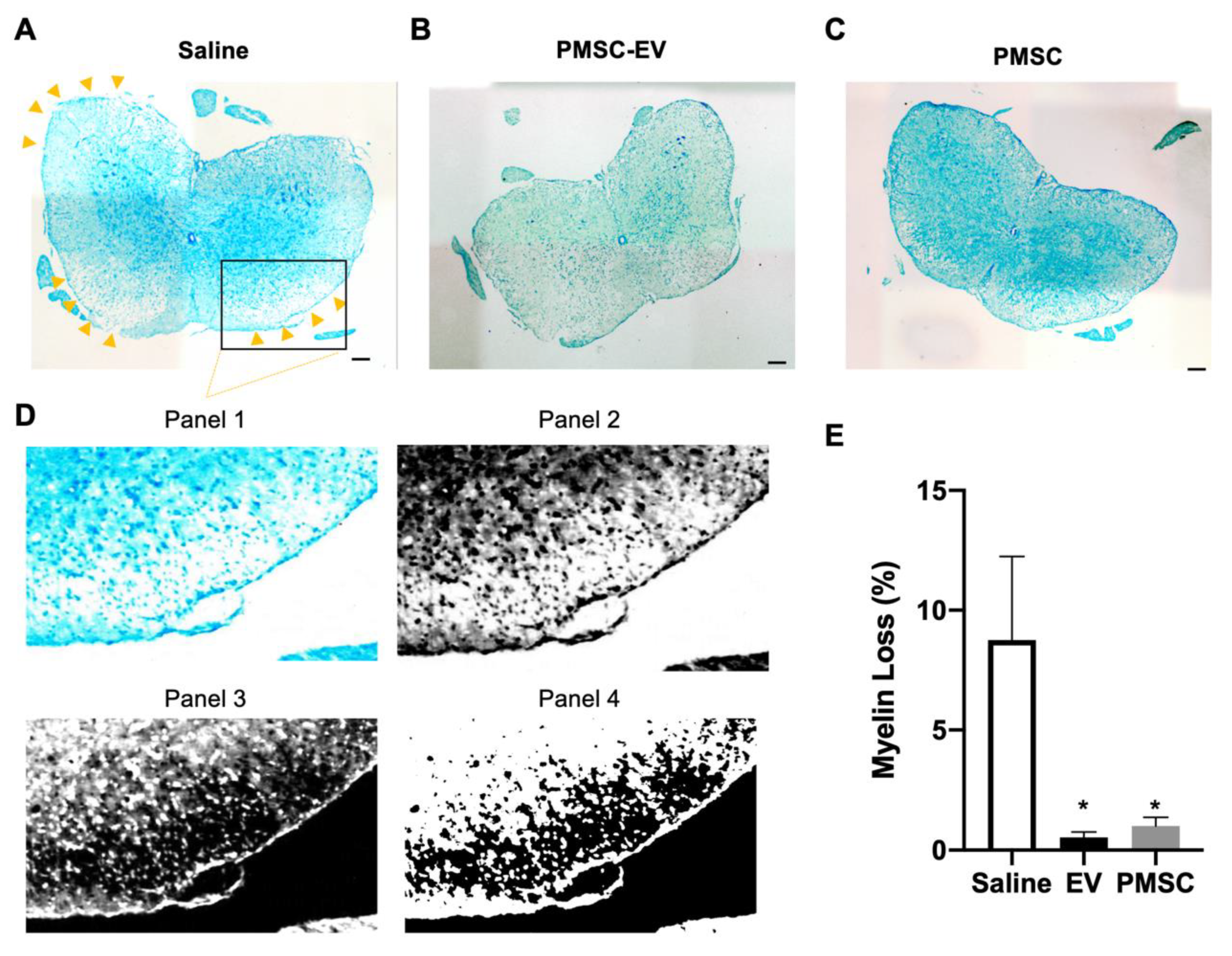

As the name “mesenchymal stem/stromal cell” indicates, MSCs are often believed to be derived from mesoderm. It is anticipated that this special issue will provide valuable information to improve understanding of the critical pathophysiological roles and appropriate clinical applications of this unique cell population.Īlthough most tissues possess MSCs, it is still unclear whether these cells are developmentally determined tissue-resident cells or are continuously replenished by the bone marrow. In this special issue, experts took different perspectives and analyzed MSCs based on immune regulation, pathogenesis, infection, mechanisms of action, and clinical applications. These cells are present in almost all tissues and are highly mobile in response to tissue damage signals. MSCs possess stemness, as defined by their ability to differentiate into osteoblasts, adipocytes, and chondrocytes. MSCs are a kind of tissue stem cells that were initially identified in the bone marrow stroma in the late 1960s by Friedenstein and further characterized and renamed by Arnold Caplan. Mesenchymal stem/stromal cells (MSCs) are of the most responsive cell populations to inflammation in tissues. Appropriate activation of immune cells is vital for the repair of damaged tissues and the maintenance of tissue homeostasis. Exp Cell Res 314:1777–1788Ĭarcamo-Orive I, Gaztelumendi A, Delgado J et al (2010) Regulation of human bone marrow stromal cell proliferation and differentiation capacity by glucocorticoid receptor and AP-1 crosstalk.The associations between inflammation and tissue regeneration are highly conserved during the evolution of multicellular organisms. Biol Cell 99:465Ĭárcamo-Orive I, Tejados N, Delgado J et al (2008) ERK2 protein regulates the proliferation of human mesenchymal stem cells without affecting their mobilization and differentiation potential. Wang Y, Yu J, Deng Z et al (2007) Odontogenic capability: bone marrow stromal stem cells versus dental pulp stem cells. Wang XY, Lan Y, He WY et al (2008) Identification of mesenchymal stem cells in aorta-gonad-mesonephros and yolk sac of human embryos. The International Society for Cellular Therapy position statement. Exp Hematol 28:707–715ĭominici M, Le Blanc K, Mueller I et al (2006) Minimal criteria for defining multipotent mesenchymal stromal cells.

Exp Hematol 30:42–48īanfi A, Muraglia A, Dozin B et al (2000) Proliferation kinetics and differentiation potential of ex vivo expanded human bone marrow stromal cells: Implications for their use in cell therapy.
#Mesenchymal stem cells culture skin
Exp Biol Med (Maywood) 233:901–913īartholomew A, Sturgeon C, Siatskas M et al (2002) Mesenchymal stem cells suppress lymphocyte proliferation in vitro and prolong skin graft survival in vivo.

Rebelatto CK, Aguiar AM, Moretao MP et al (2008) Dissimilar differentiation of mesenchymal stem cells from bone marrow, umbilical cord blood, and adipose tissue. Zuk PA, Zhu M, Ashjian P et al (2002) Human adipose tissue is a source of multipotent stem cells. Sarugaser R, Lickorish D, Baksh D et al (2005) Human umbilical cord perivascular (HUCPV) cells: a source of mesenchymal progenitors. Miura M, Gronthos S, Zhao M et al (2003) SHED: stem cells from human exfoliated deciduous teeth.

Lee OK, Kuo TK, Chen WM et al (2004) Isolation of multipotent mesenchymal stem cells from umbilical cord blood. Zuk PA, Zhu M, Mizuno H et al (2001) Multilineage cells from human adipose tissue: implications for cell-based therapies. Haynesworth SE, Goshima J, Goldberg VM, Caplan AI (1992) Characterization of cells with osteogenic potential from human marrow. Friedenstein AJ, Gorskaja JF, Kulagina NN (1976) Fibroblast precursors in normal and irradiated mouse hematopoietic organs.


 0 kommentar(er)
0 kommentar(er)
